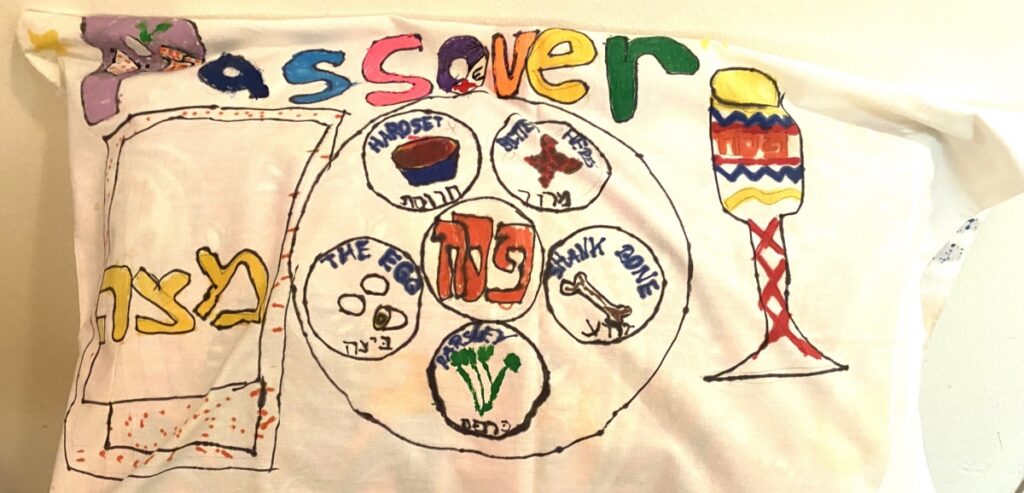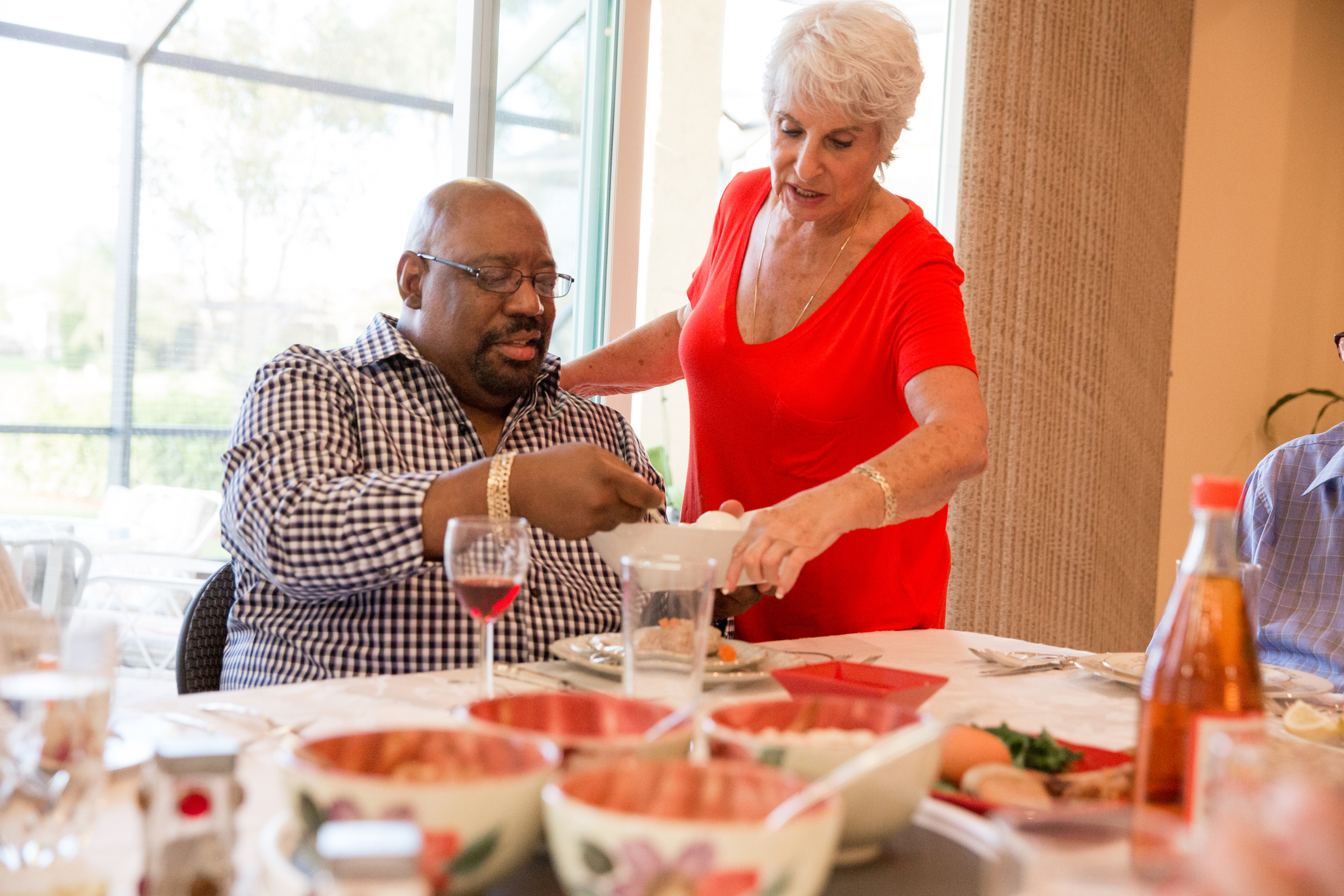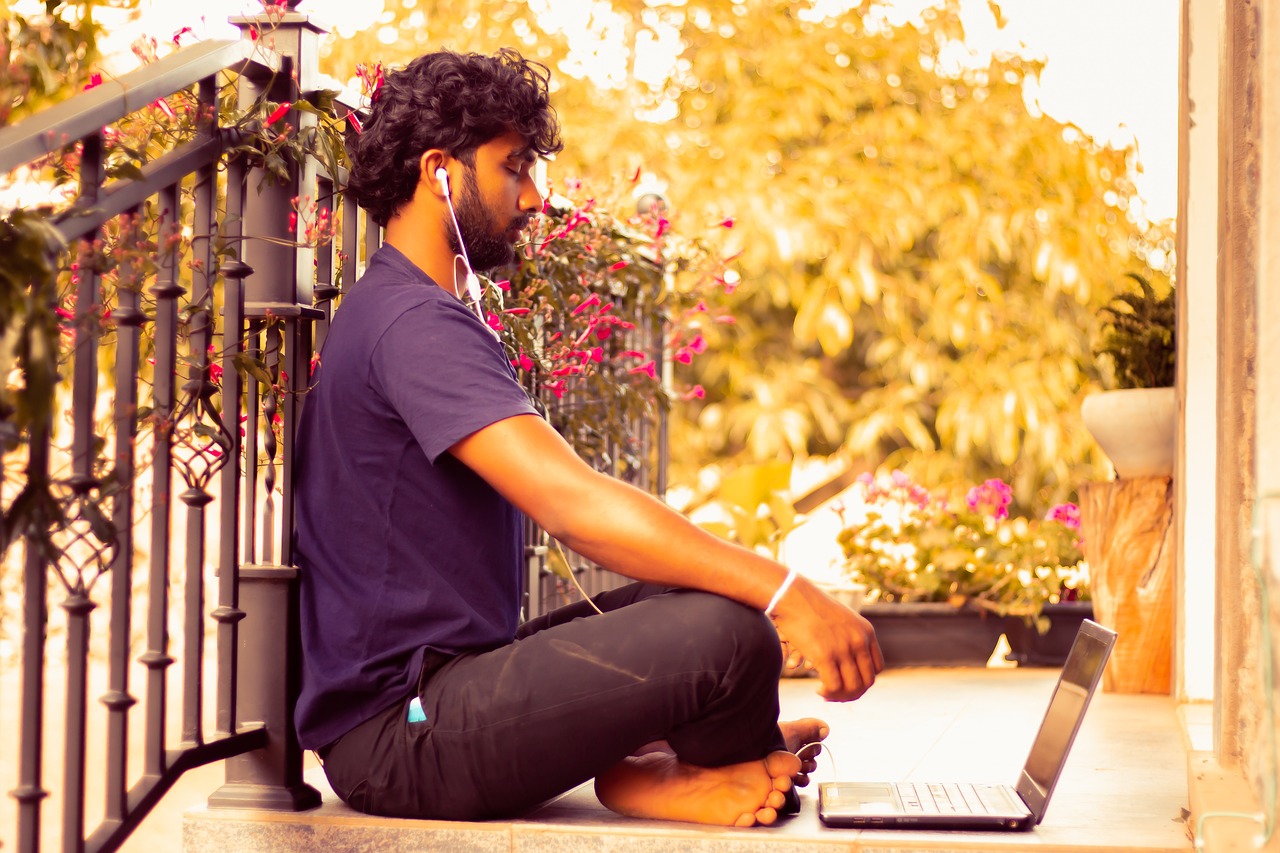Imagine Moses
leading the slaves
out of Egypt on Zoom.
That’s where we are
crossing the Sea of Reeds
to an unknown land
at a Seder on a computer,
trying to picture
not one but ten plagues,
the past as present.
Stories work that way.
We eat the symbols:
bitter herbs for hardship,
salt water for tears,
unleavened bread/matzos,
apples mixed with wine–
sweet times to come. Apart/
together we sing in unison.
My grandson who’s autistic
speaks up–surprises us
to announce he feels privileged–
his word–which leads me
to ask, “Who in the story
has privilege?”
“Moses,” he says immediately.
Straight to our hearts,
a light, it dawns on us:
Moses struggles, he stutters,
he must get help from others,
yet he guides, he has visions
he pursues, out of which words
come to three religions
alive to this day we’ve made new.













